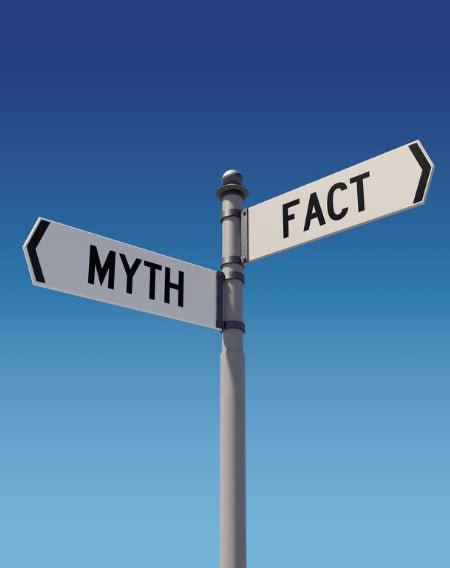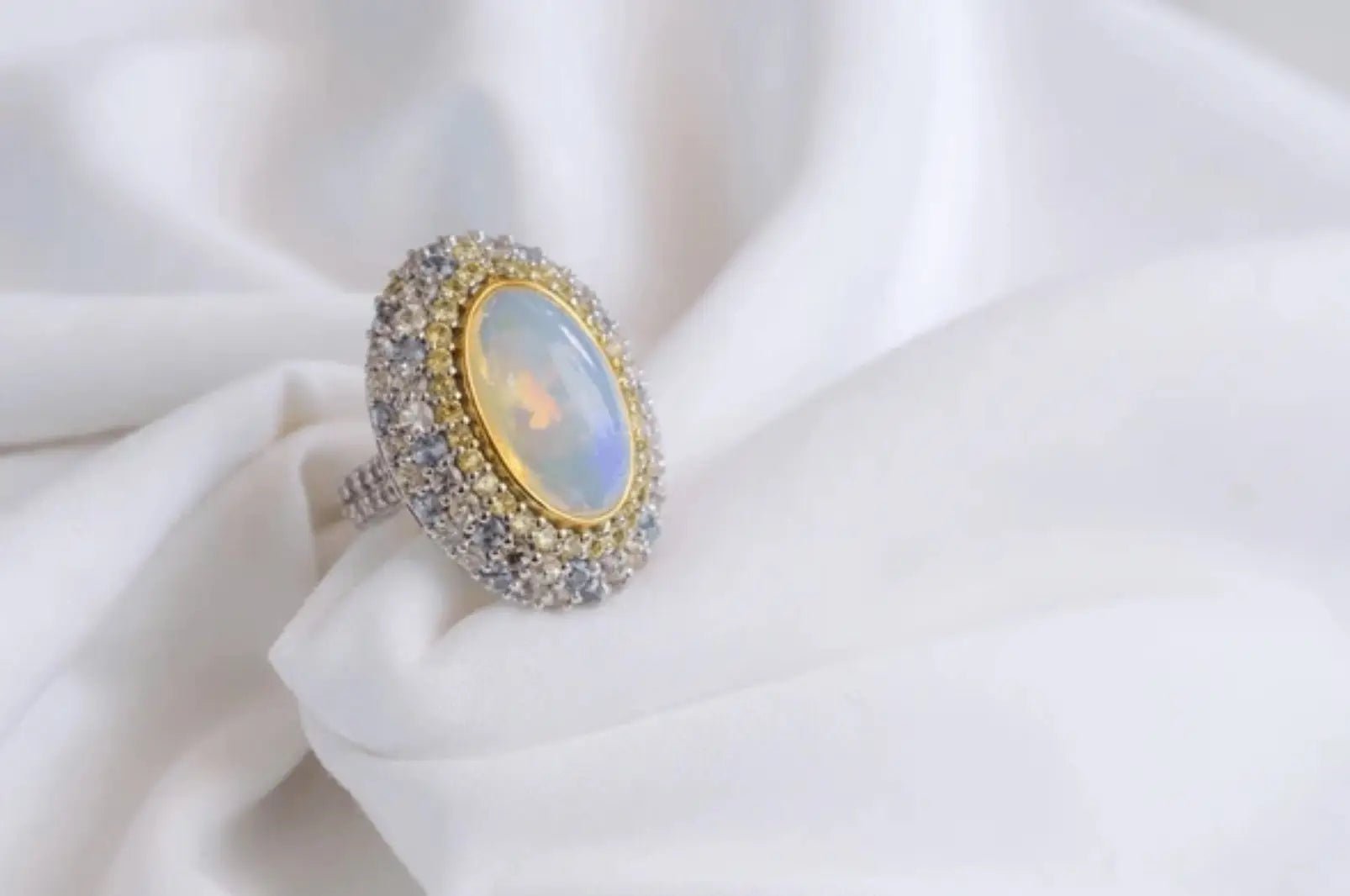
Debunking the Myths: Is Opal Really a Bad Luck Stone?
For years, opals have been surrounded by myths and superstitions, often labeled as the "bad luck stone." These beliefs, fuelled by folklore, misconceptions, superstitions, and the envy of diamond traders, have unfairly tarnished the Opal's reputation. Despite these tales, the beauty and allure of opals have endured.
Here, we delve into the history and myths surrounding opals and reveal why they are far from unlucky.
Opal’s Illustrious History: A Symbol of Good Luck
Opals have been treasured throughout history, often seen as symbols of good fortune. The Romans, for instance, revered opals as precious gemstones, believing they combined the virtues of all other gems. Roman generals and leaders gifted opals as tokens of luck and protection. It is said that Cleopatra received an opal from Marc Antony, signifying its high status.
In ancient Rome, opals were considered a symbol of purity and hope, often referred to as the "Cupid Stone" due to their association with love. The Greeks believed opals could bestow the power of foresight and prophecy, while Arabian folklore suggested they fell from the heavens in flashes of lightning. For centuries, opals have been cherished as tokens of hope and magic.
Dispelling the Bad Luck Myth
The myth of opals bringing bad luck has roots in medieval Europe. Due to their resemblance to the eyes of certain animals, opals were feared to carry the 'Evil Eye'. I wonder if this is where the saying originated too?
This superstition was particularly strong in southern Europe and the Middle East, where opals were avoided. The myth was further propagated by literary works like Sir Walter Scott’s novel "Anne of Geierstein," which inaccurately linked opals to misfortune.
In reality, these fears were unfounded. The opal's reputation as a "bad luck stone" was largely a result of misinformation and superstition. In fact, many cultures have celebrated the opal for its beauty and mystical properties. For example, opals were thought to bring good luck in Arabian culture, and European royalty often wore opals as symbols of protection and hope.
The Science Behind the Myths
The supposed fragility of opals also contributed to their misunderstood reputation. Opals are indeed softer than diamonds and can be more susceptible to damage if mishandled. This vulnerability led some to perceive them as unlucky, especially if a prized opal was accidentally damaged.
However, with proper care, opals can be just as durable as any other gemstone. They require thoughtful handling, avoiding exposure to extreme temperatures and harsh environments. Properly cared for, opals can last a lifetime, dispelling the myth that they are inherently unlucky or fragile.
Opal in Modern Culture: A Stone of Fortune
Despite the myths, opals have always had their advocates. Queen Victoria, for instance, adored opals and often gifted them, helping to restore their positive reputation. Today, opals are celebrated for their unique beauty and are a popular choice in jewellery.
In the 20th century, the opal's reputation saw a resurgence. Stories of opal miners striking it rich and the gem's association with good fortune have contributed to its modern-day appeal. Many people now see opals as symbols of luck and prosperity.
Embracing the Opal’s True Legacy
The opal's journey from a misunderstood stone to a cherished gem is a testament to its enduring allure. While superstitions may persist, the beauty and uniqueness of opals continue to captivate and inspire. By understanding and appreciating the true history and qualities of opals, we can move beyond the myths and celebrate them for the remarkable gemstones they are.
Whether you're drawn to opals for their stunning play of colour or their rich historical significance, one thing is clear: opals are far from unlucky. They are, in fact, a symbol of hope, beauty, and good fortune.
So, the next time you come across an opal, remember its true legacy and the positive energy it can bring into your life.




Leave a comment
This site is protected by hCaptcha and the hCaptcha Privacy Policy and Terms of Service apply.